Associated albums
Porsche 911 50 Years
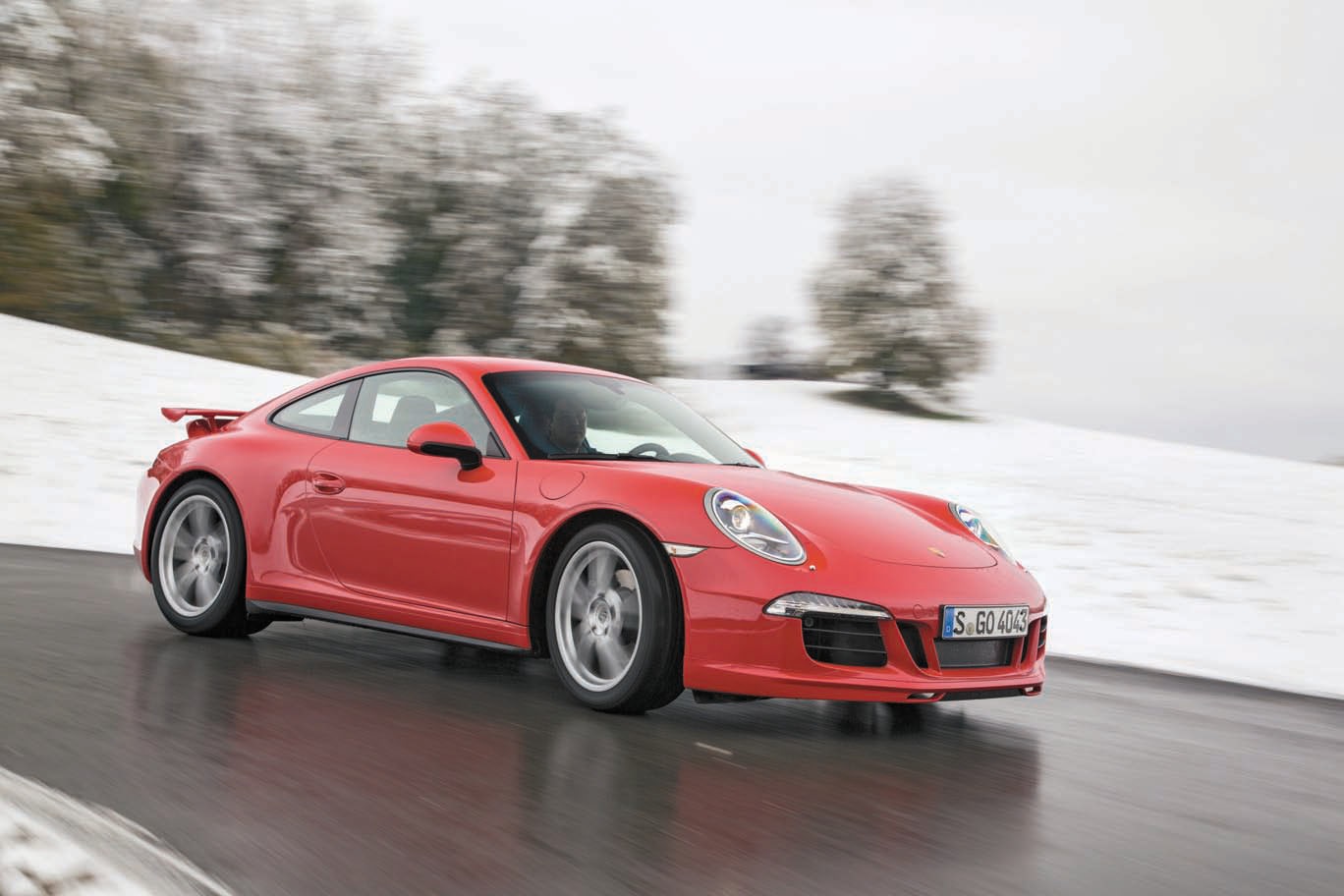
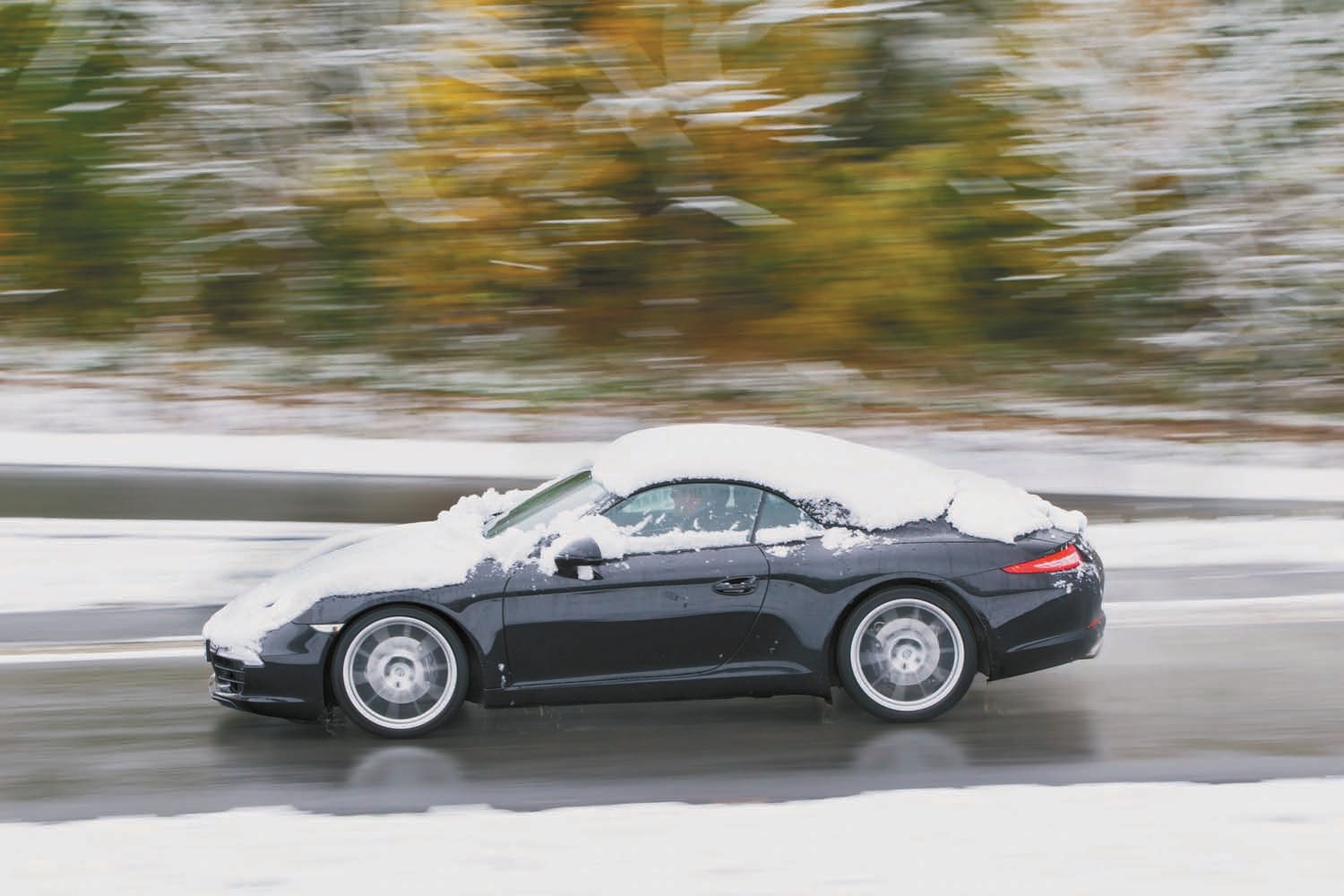
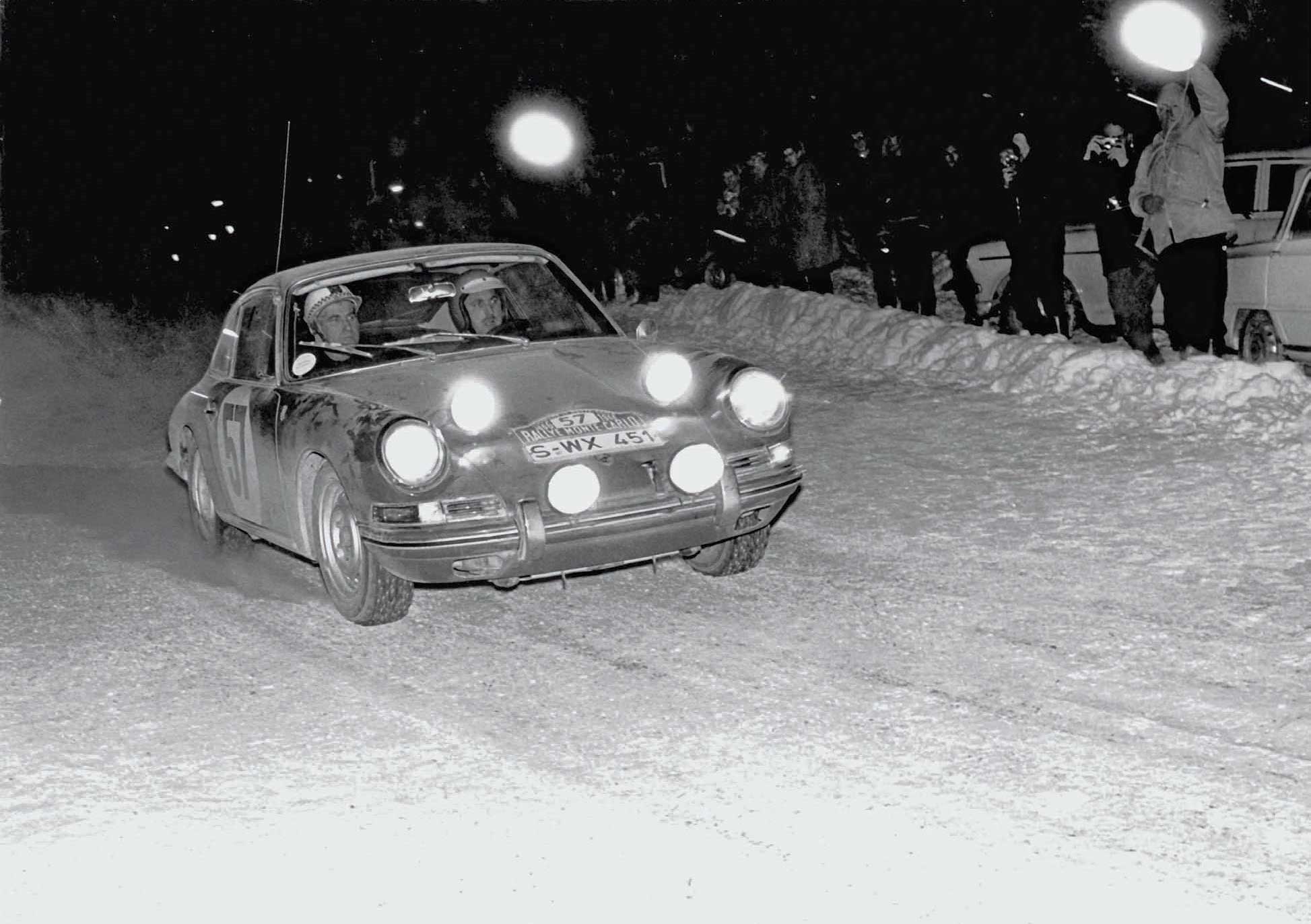
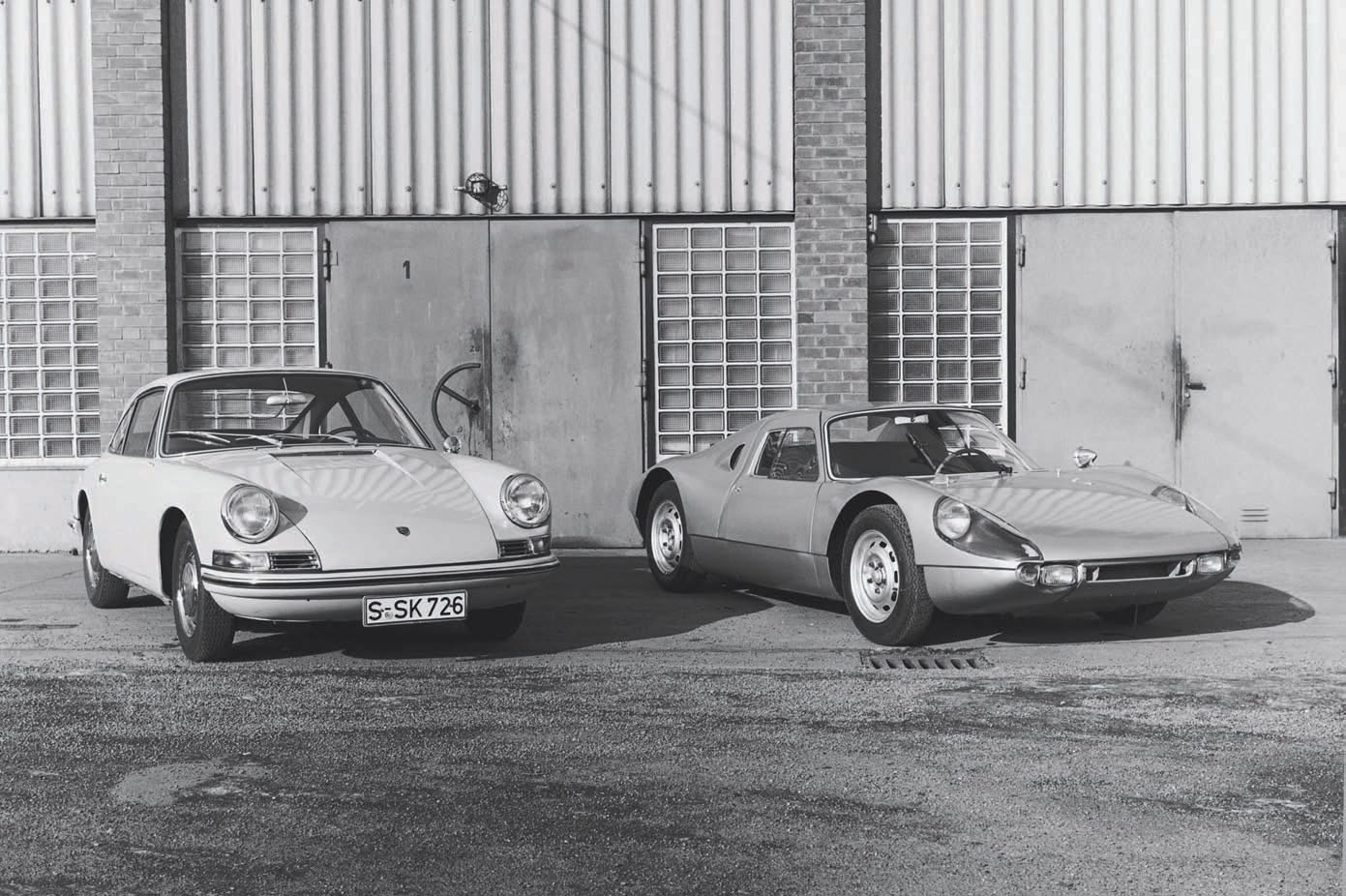
RACING THE 911
It was inevitable. As soon as the new Porsche reached its customers, they felt the urge to test it, to compare it against the other makes out there. Neither the factory nor privateers wasted much time. Barely four months after production and deliveries began in September 1964, Peter Falk and Herbert Linge ran a factory-prepared 160-horsepower 911 on the Monte Carlo Rally, starting from Frankfurt on January 15, and finishing in Monaco on the 20th. From the start, they kept pace with another Porsche entry, a 904GTS, with Eugen Bohringer driving and factory racing mechanic Rolf Wütherich as co-driver and navigator. When the results were tallied, the Bohringer/Wütherich 904, No. 150, finished second overall and the Falk/Linge 911, No. 147, came in fifth, giving the new model its first international class win. Ferry Porsche liked his cars competing in rallies. The multi-day events usually drove through several countries and brought attention to the cars from spectators and newspapers. To anyone with doubts, events such as the Monte, the Liège (Belgium), Rome-Liège, and other long-distance runs demonstrated the versatility of these cars and their durability and tractability on hard pavements as well as on dirt, ice, or snow. The next year, Günter Klass and codriver Wütherich took first in the German Rally and first in the GT class on the Alpine Rally, and they finished well enough through the season to win the Group 3 European GT Rally Championship for 1966. Porsche 911s first appeared at Le Mans in 1966 as well. French distributor August Veuillet, founder of SonAuto, begged Zuffenhausen for cars to race and Ferdinand Piëch sent a prototype 911S for the 24-hour endurance run. Drivers Jean Kerguen and Jacques Dewez finished 14th overall, covering 2,369.3 miles averaging 98.7 miles per hour. They stayed clear of the Ford GT/Ferrari battles and won the under 2.0-liter class. Dewez drove it from Veuillet’s dealership in Paris to Le Mans and back after the race. To prove this was not some fragile prototype, Veuillet put it on sale in his 16th Arrondisement showroom on Rue Paul Valéry the following morning. The company had long supported hillclimbs as well, and since the inauguration of the European Hill Climb Championship in 1957, Porsche cars and drivers had won the outright title in either Sports Cars or GT every year since. These uphill sprints not only earned newspaper space, but also provided engineers opportunities to explore extremes of power development and weight reduction. Eberhard Mahle won the GT class championship in the seven-event series driving a factory-prepared 911 in 1966. Across the Atlantic, in early February at Daytona during the first race of the International Sports Car Championship season, Jack Ryan, Linley Coleman, and Bill Bencker finished 16th overall and first in two-liter GT class. This was the car’s first significant North American victory. They took second in class at Sebring six weeks later. In southern California, former Porsche racing mechanic Vasek Polak had become a Porsche dealer, but he never lost his roots in or love for competition. Polak teamed up with Jerry Titus, onetime jazz trumpeter–turned-mechanic-turned-racer-turned–Sports Car Graphic magazine editor. In 1966, Titus drove a Polak-prepared 911 to win the Sports Car Club of America (SCCA) D Production national championship.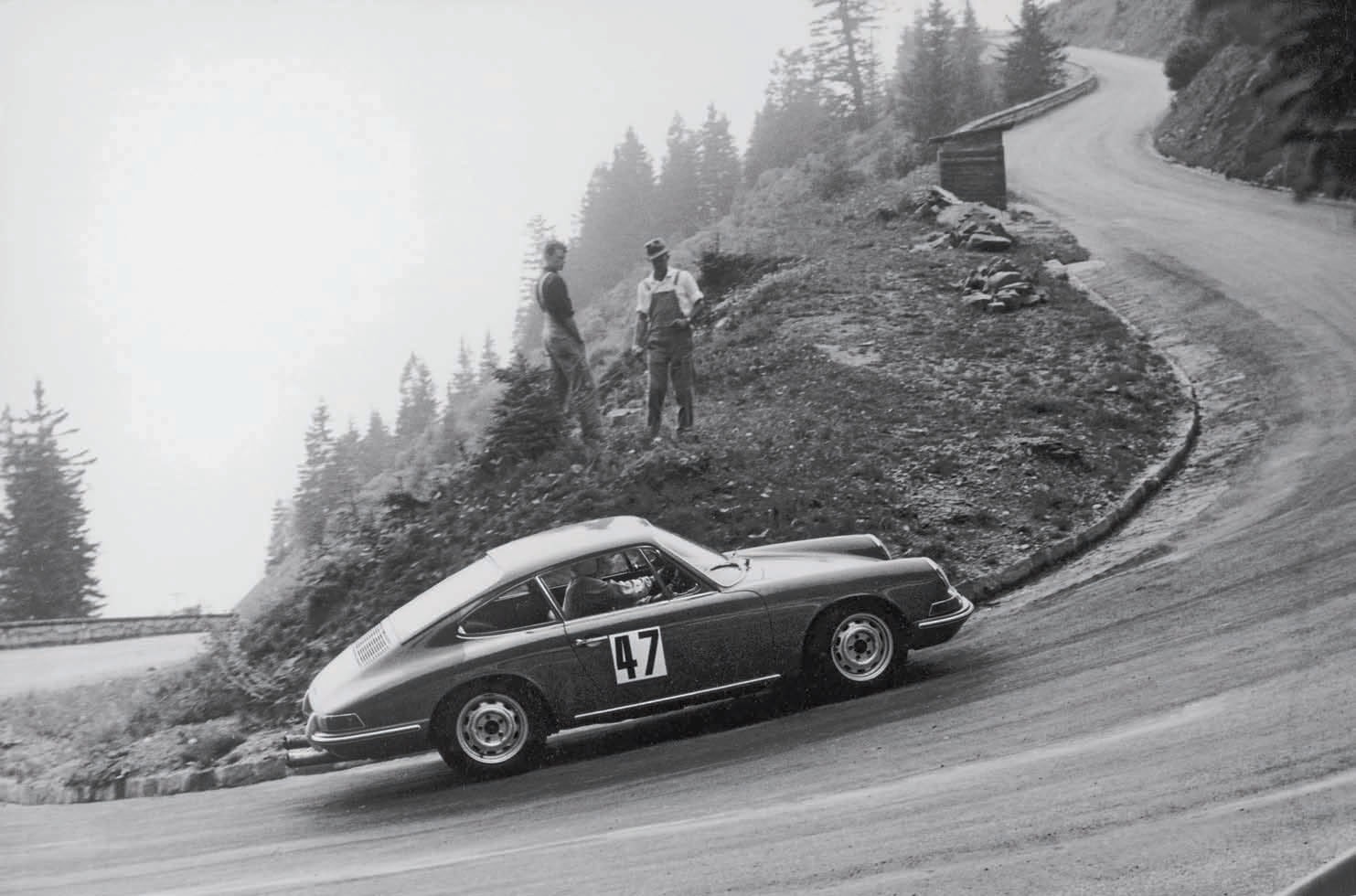
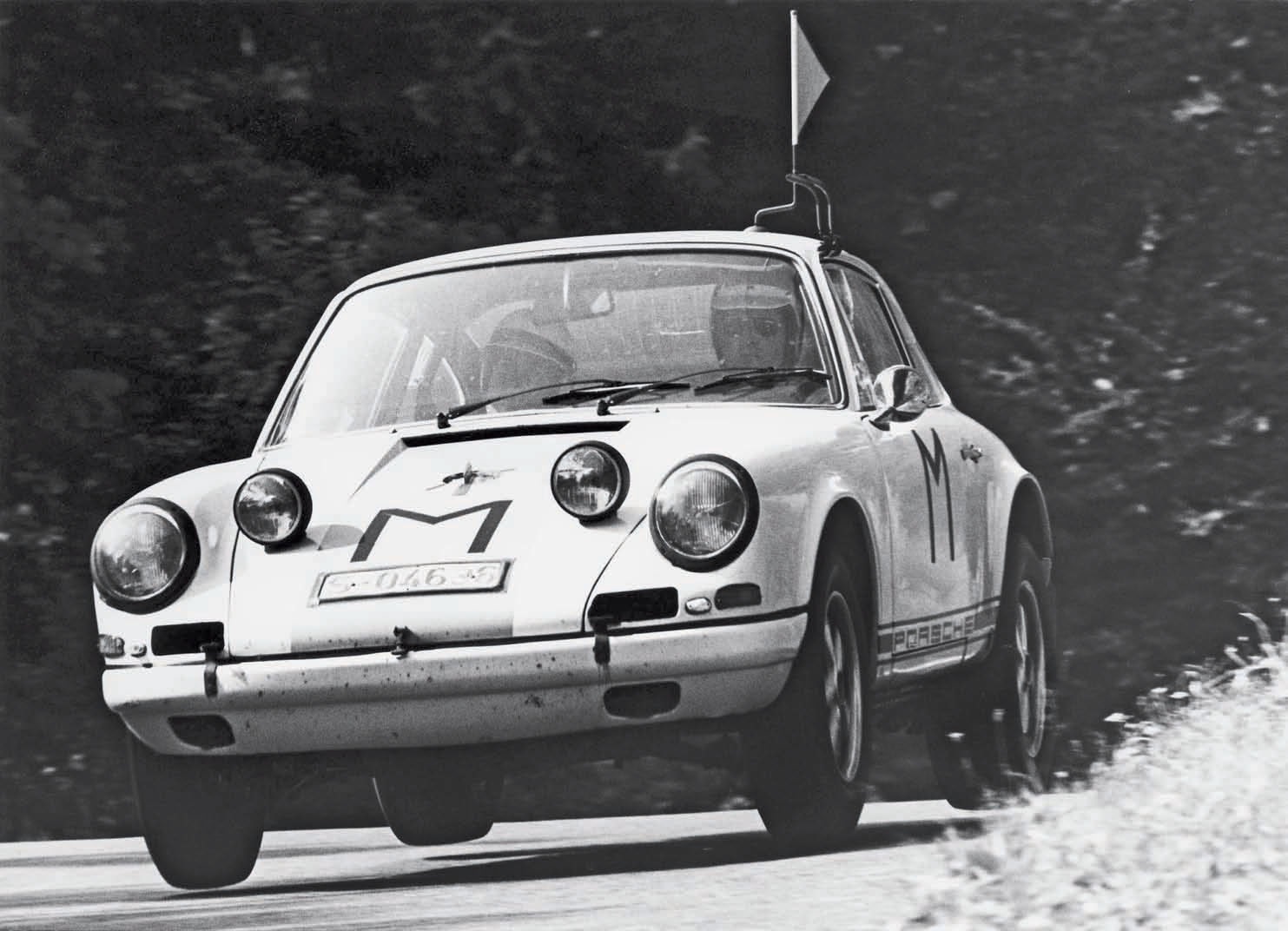
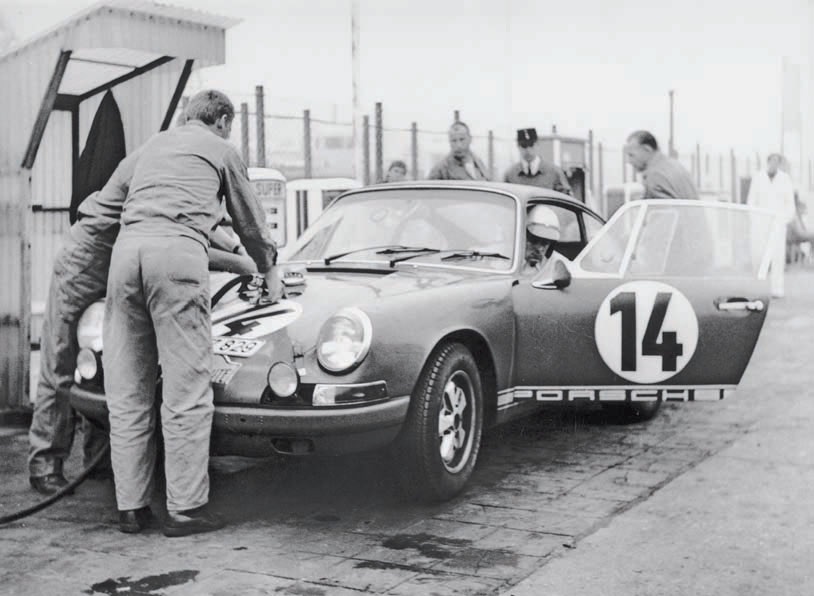
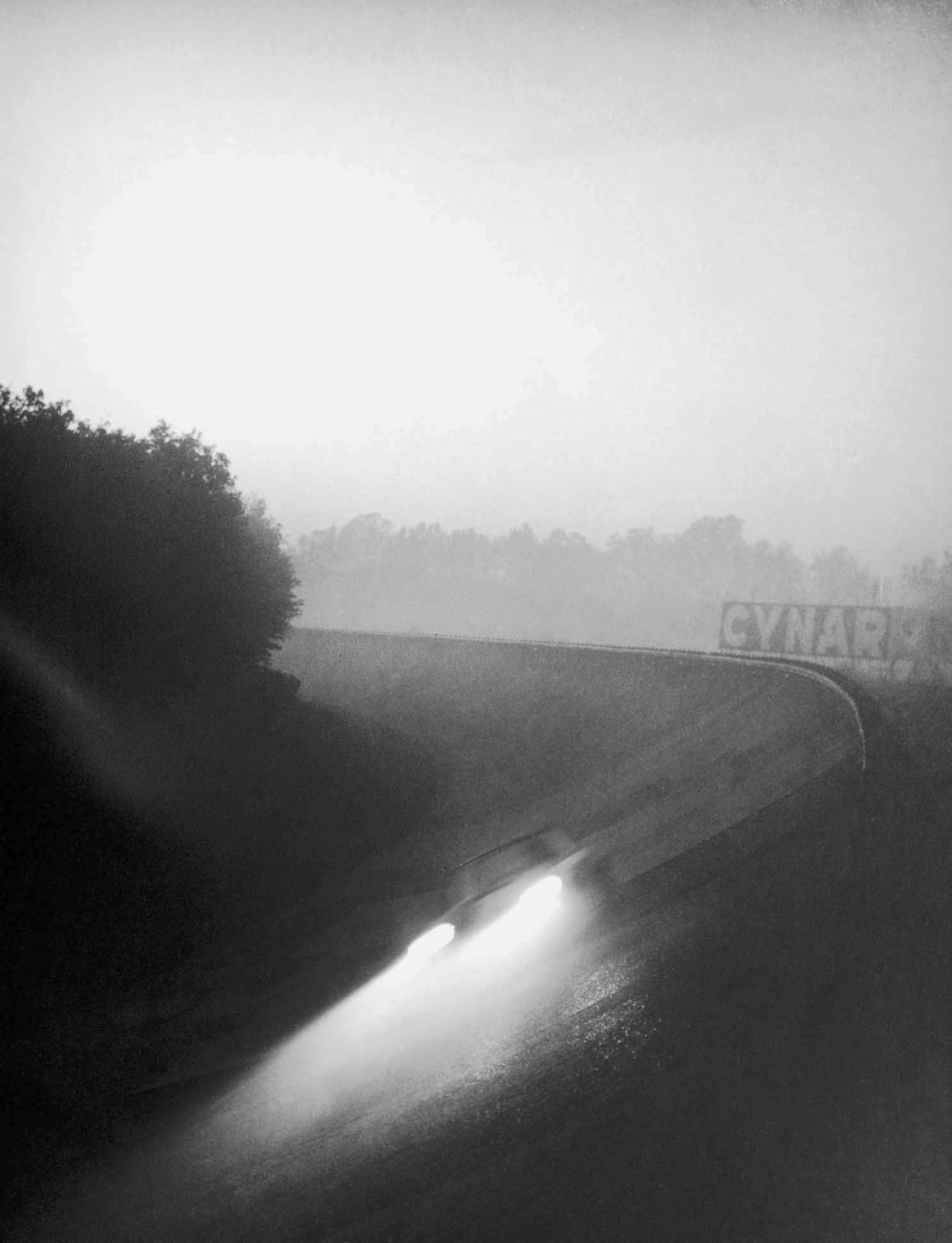
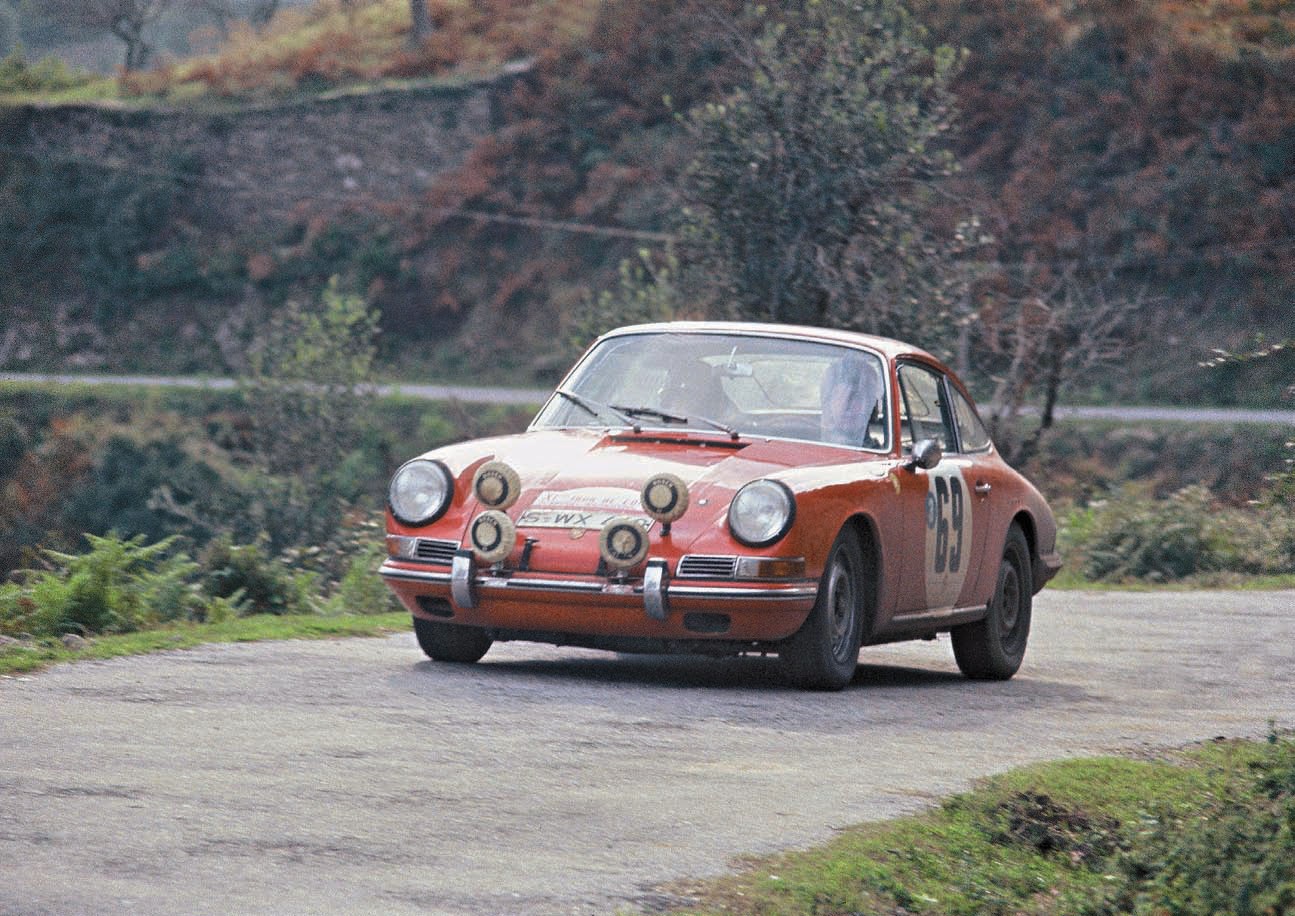
Previous Page
Page 24 of 32
Next Page